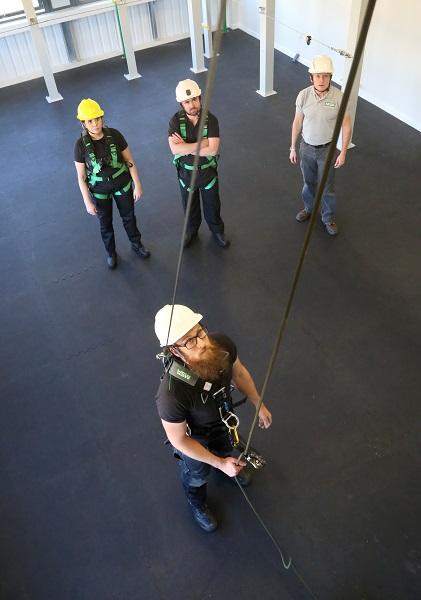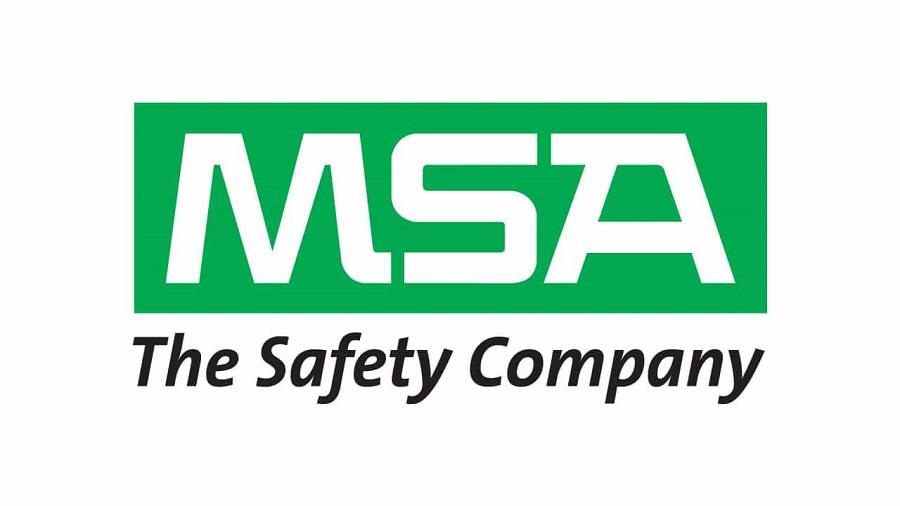

Fall protection training: 10 top tips for success
Phil Rashbrook, European Training Manager for Fall Protection at MSA Safety shares his 10 top tips to refer to when considering fall protection training. MSA Safety is a global designer, manufacturer and distributor of industry-leading safety products and provider of quality safety at height training.
1. Preparation is key
The old adage of ‘fail to prepare, prepare to fail’ carries significant weight when it comes to working at height. Preparation is critical, and it all begins with quality training, so consider your fall protection training carefully. Ask yourself: Is it with a reputable company with a wealth of experience across many sectors? Are they best placed to prepare your workforce for working at height safely and efficiently? Remember, you can’t put a price on the safety of your workers so do your research. Invest in the best training available that will leave your workforce confident and competent.
2. Theory and practical: finding the balance
Some trainees are impatient to get going with the practical straight away. Others prefer ample time to carefully digest the theory and ask any questions they might have. Everyone learns differently, which is why it’s so important to strike a successful balance between the two. Training should be delivered in a manner that is effective for everyone.
3. Added confidence
Working at height safely and efficiently depends not only on skill but having the confidence to make the right decisions at the right time; whether that’s knowing the limitations of equipment and how to use it properly or deciding whether conditions are safe enough. Confident operatives will feel empowered to thoroughly and accurately assess their surroundings for safety risks, ask questions and raise potential safety concerns with their site or safety manager. This generally makes for a much safer working environment.
4. Creating safety ambassadors
Get your team onboard. Work at height operatives returning from fall protection training will feel more encouraged to share their safety knowledge with colleagues. This helps to not only foster a safer working environment but discourage any semblance of a ‘no blame culture’.
5. Don’t forget the wellbeing benefits
While the main priority of quality fall protection training is to help prevent physical harm, the mental wellbeing benefits it offers should not be overlooked. Being asked to work at height without proper planning, preparation and training in place can be extremely distressing. A well-trained, competent operative will likely make for a more confident, comfortable worker.
6. Keep it fun!
Something that’s often forgotten is the value of keeping training fun and engaging. In my experience, if you enjoy training you will learn and retain more information. An enjoyable experience generally helps to nurture a positive change in attitude.

7. Location, location, location
Conducting training on site in conditions workers face on a day-to-day basis is preferential, but not always possible. The next best thing is a state-of-the-art training centre with both indoor facilities protected from inclement weather, and outdoor facilities with multiple applications. Choose training providers that can offer both.
8. Follow-up support
Support shouldn’t stop once training has finished. Follow-up should be a key feature of a quality training provider, from offering the option of return visits and continued support, to conducting site audits and helping operatives to fully realise the benefits of the training.
9. Think of it as an investment
Quality training not only makes for a safer workforce but helps to provide operatives with the know-how to do their job better and more efficiently. And, in my experience, a more confident, competent workforce is usually a happier and more productive workforce. The long-term business and wellbeing benefits of a well-trained workforce cannot be underestimated.
10. Just get it done
My other nine tips are important, but if you take away anything from reading this it should be this: whatever you do, do not take risks. The safety and wellbeing of your workforce is too important for you not to provide them with the very best training, so don’t delay. Do your research and choose a training provider you can depend upon.

